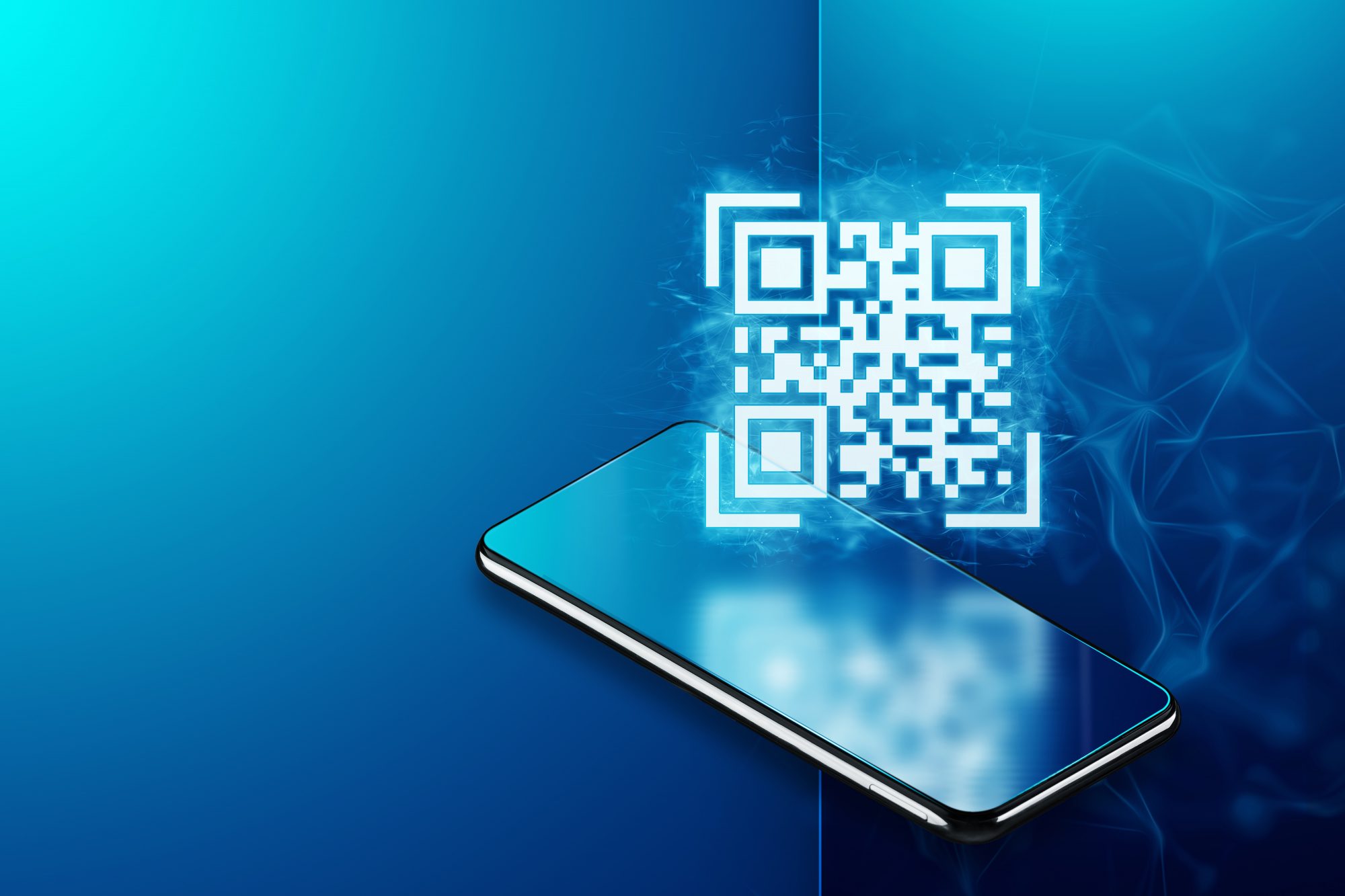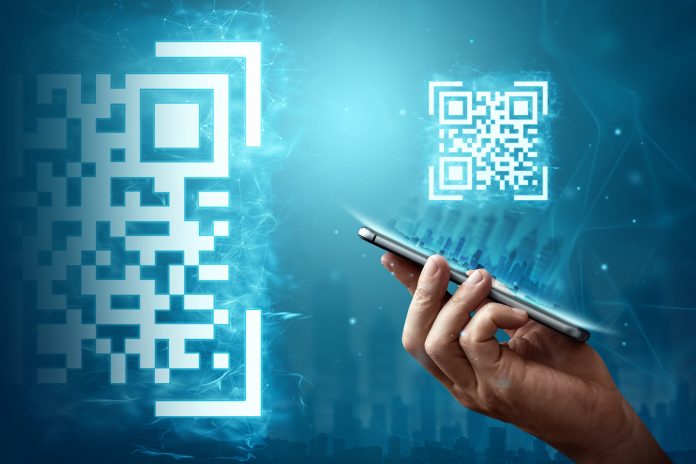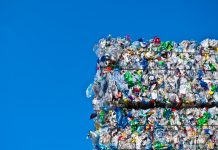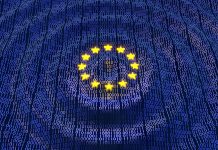Why digital barcodes will revolutionise retail for brands and customers by helping them navigate EU packaging laws
The past decade has brought unprecedented technological advancements and digital transformation across all industries. In manufacturing, practical operations – such as automation and advanced production methods – have been streamlined due to Industry 4.0 capabilities.
Likewise, consumers have established new digital habits as mobile technology, and the internet has become key tenets of everyday life. Consumers are also more concerned with sustainability and social responsibility, putting pressure on businesses and governments to create actionable change.
As a result, we are seeing a global shift towards improving the accessibility of information – and harnessing the power of technology to achieve it.
New EU packaging laws
This shift can be seen in new EU packaging regulations requiring manufacturers to provide more information to consumers on packaging in a bid to reduce waste and improve sustainability.
One new regulation has already come into play in France and is due to roll out across Italy from 1 January 2023. The new EU packaging laws require all brands selling their products in France and Italy to display recycling information on the packaging – or face the prospect of having products pulled from shelves and severe fines.
And this is just the start. More EU packaging regulations are expected in 2023, and brands must act fast. Allergens, ingredients and nutritional information, and other product details, will be required on packaging in many EU countries to help keep consumers informed and protected.
The barcode revolution
One way brands can futureproof themselves against these imminent changes is by adopting 2D-QR codes, which enable information to be stored digitally on the packaging for consumers to access via their smartphones.
2D-QR codes will be a game-changer for brands. Not only can they provide complete compliance with changing global regulations, but they also allow information to be stored digitally, which frees up real estate on the packaging.
To solve this challenge, any manufacturer hosting product information on the Buyerdock app can update or publish new messaging without altering the packaging of their products. This will enable them to meet today’s consumer and business needs and rapidly adapt to tomorrow through one easy, flexible and cost-effective solution.
Brands will be able to interact with consumers in completely new ways
Brands will also be able to interact with consumers in completely new ways, taking back ownership of the relationship. It will allow companies to tell their brand story, discuss ethical ways of working, add competitions and promotions easily, provide links to social media and much more. In short, the technology will help strengthen brand loyalty in an increasingly competitive global marketplace.
For consumers who have become accustomed to using smartphones in everyday life – and interacting with QR codes for tickets, food orders, travel info and more – accessing up-to-date product information on the shop shelves makes perfect sense.

Future-proofing
On top of the changes to recycling laws coming into effect in France and Italy, Article 13 is also coming into force. This regulation makes up part of the French ‘circular economy’ law and requires brands to make various environmental information regarding the product and packaging available for consumers digitally.
Additionally, a fourth EU packaging law is coming into action in December 2023. This legislation will require wine retailers to make allergen, ingredient and nutritional information available digitally on every single bottle of wine sold within the EU. Whether the wine is sold in a shop, online, or in a restaurant, they will all need to have this information available digitally. This packaging law will likely be replicated across the USA, which signifies a huge industry-wide shift.
Though these new regulations aren’t coming into force within the UK, they do impact every single consumer brand based in the UK that is looking to sell within the EU. From our research, UK brands don’t appear to be wholly aware of these changes that could impact their future plans and seriously hinder UK PLC’s growth.
At Buyerdock, we are already hearing conversations around sustainability in the UK, with the government promoting circular fashion initiatives and consumer focus shifting, with 64% of UK consumers limiting their use of single-use plastic over the past year.
Therefore, similar changes in the UK are expected, with brands having to make recycling information more accessible in the near future.
Ultimately, the advent of 2D-QR codes will transform the brand-customer relationship
Ultimately, the advent of 2D-QR codes will transform the brand-customer relationship. Companies will be able to meet ever-changing legal requirements and provide data-rich information to consumers, which will keep them informed and protected and allow them to buy more confidently and feel more engaged with the companies they are buying from.
This piece was written and provided by Jonathan Sparkes, CEO and co-founder of Buyerdock, UK tech firm connecting brands and consumers through 2D-QR technology
Editor's Recommended Articles
-
Must Read >> Why do businesses still not use reusable packaging?
-
Must Read >> Tackling plastic pollution for a greener future




























